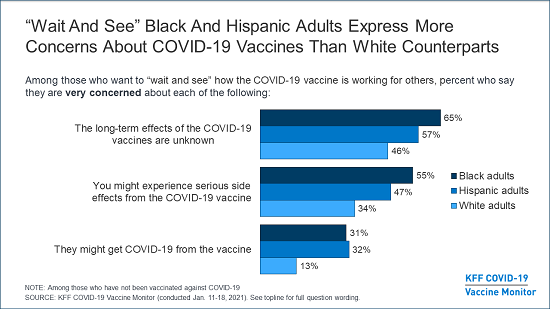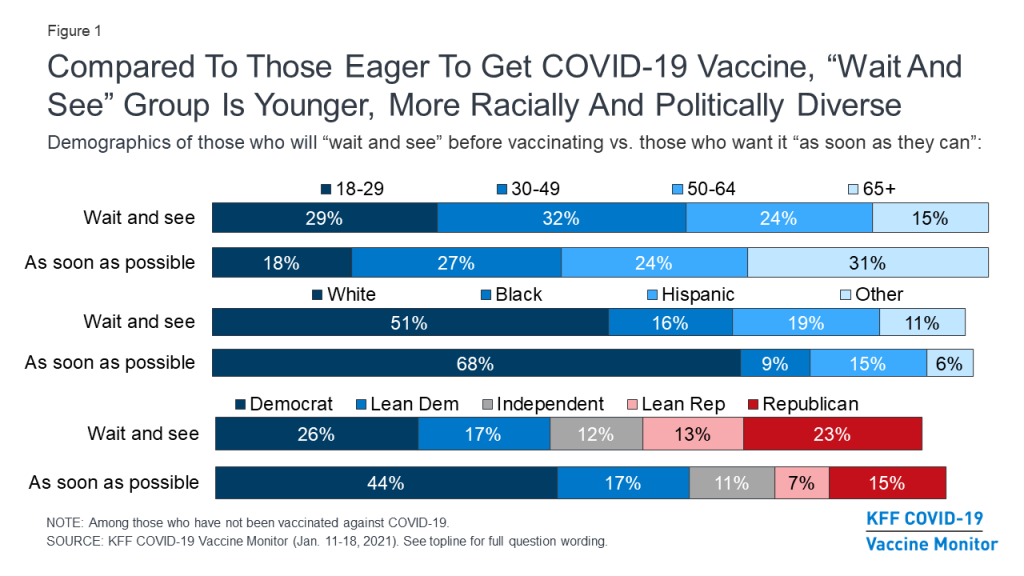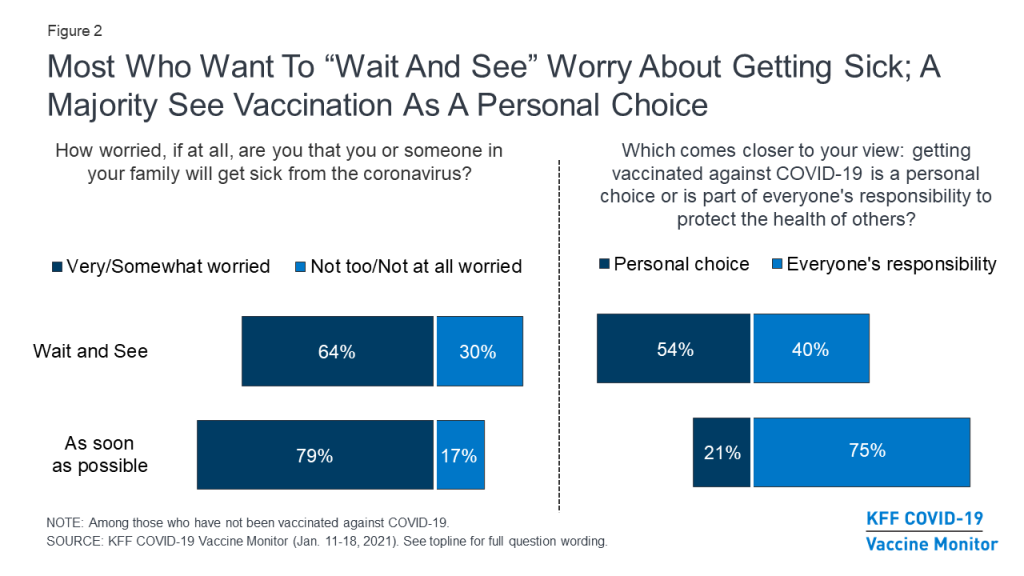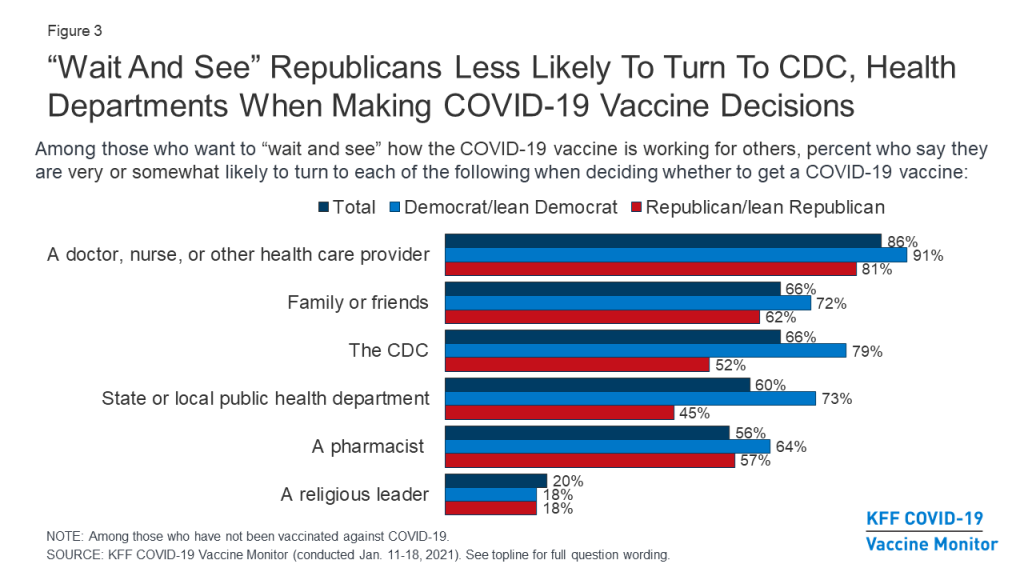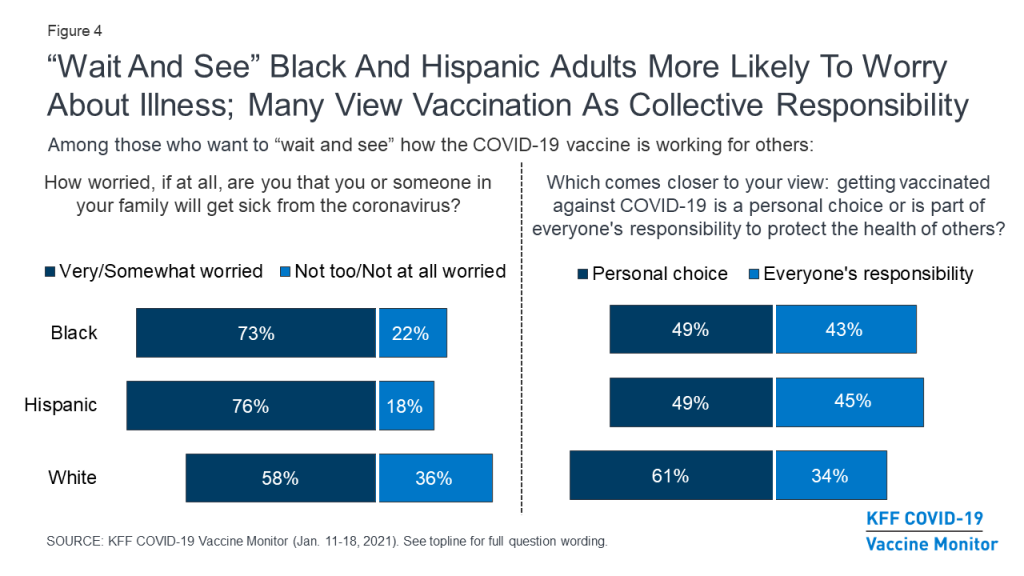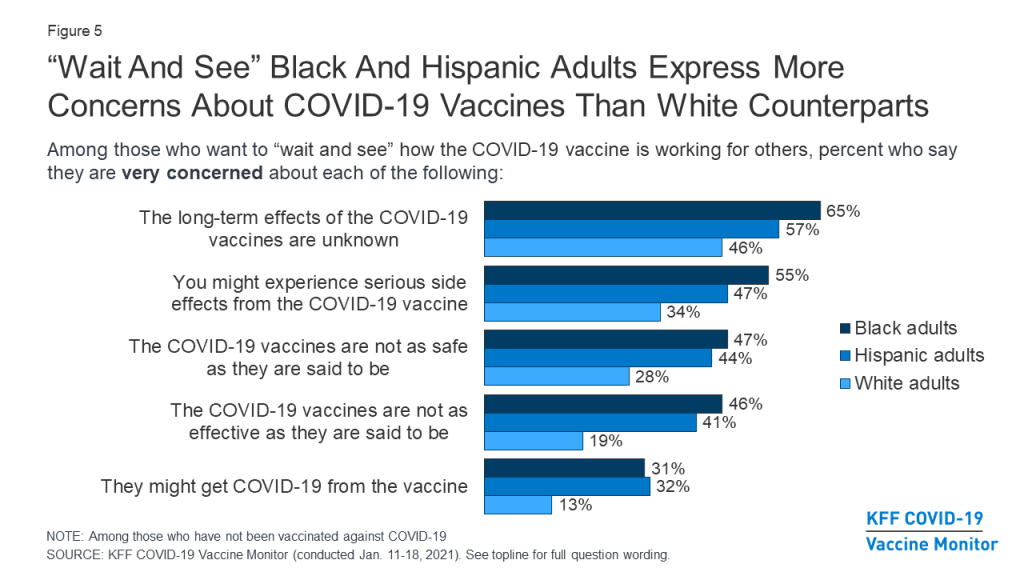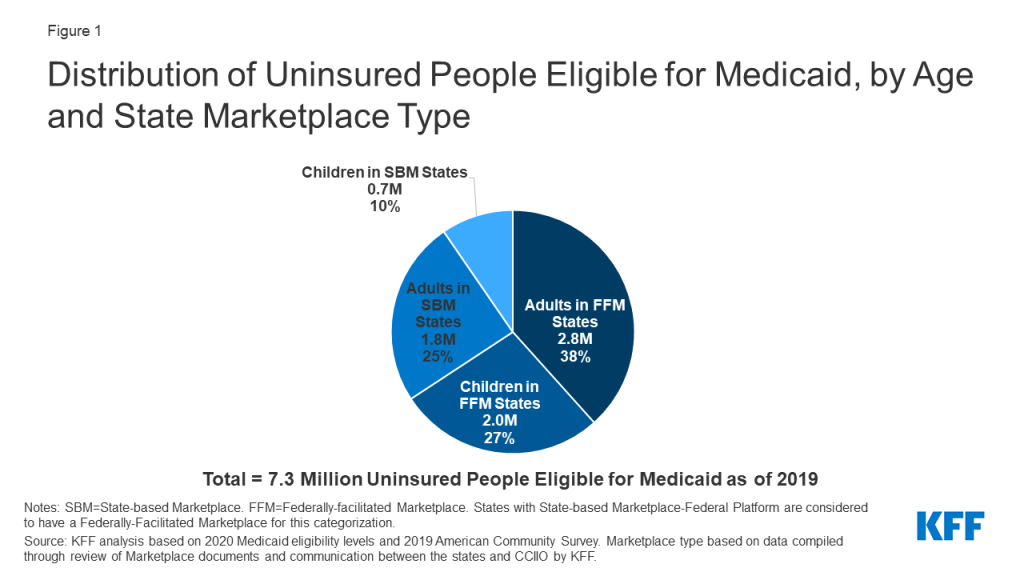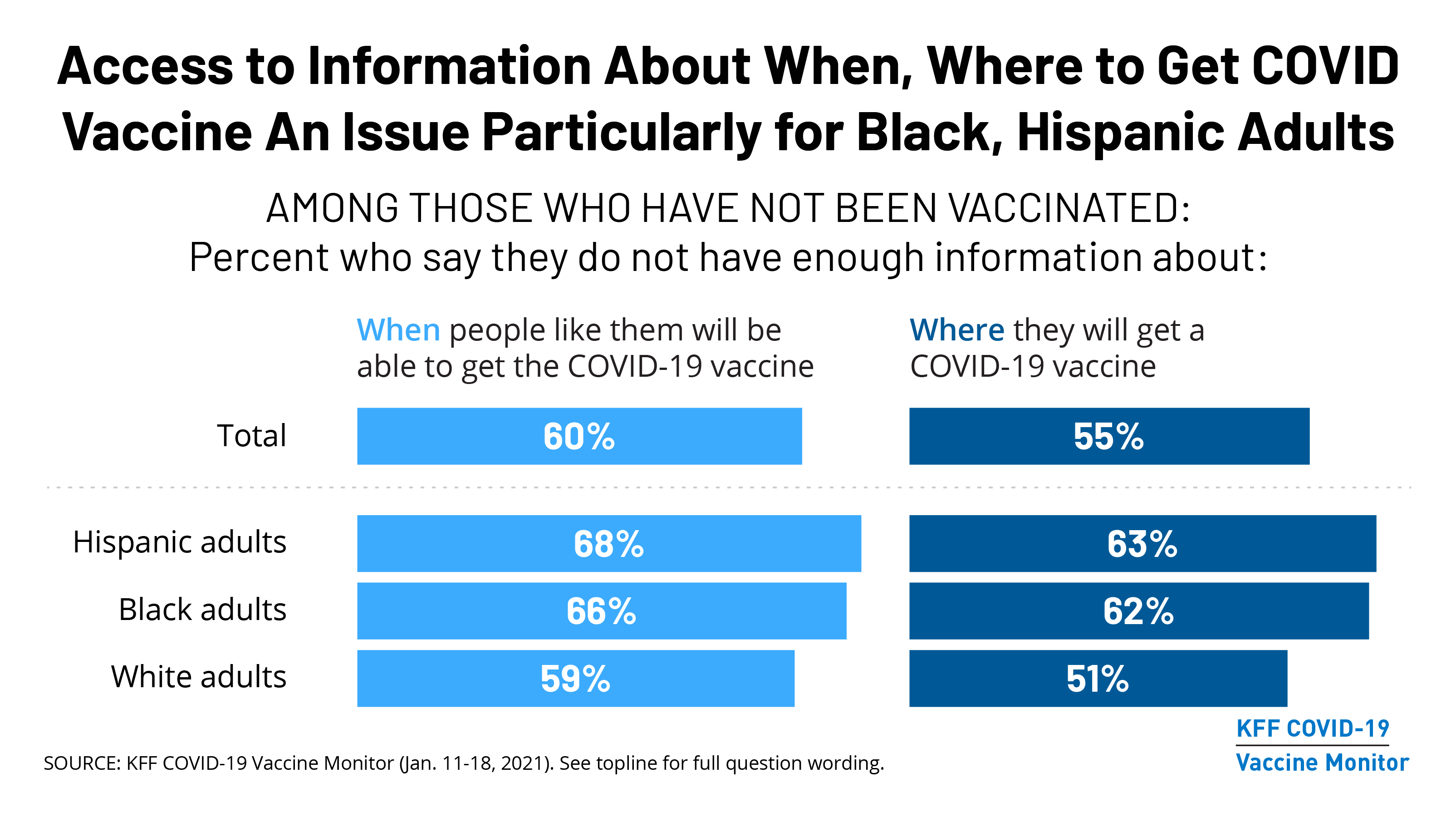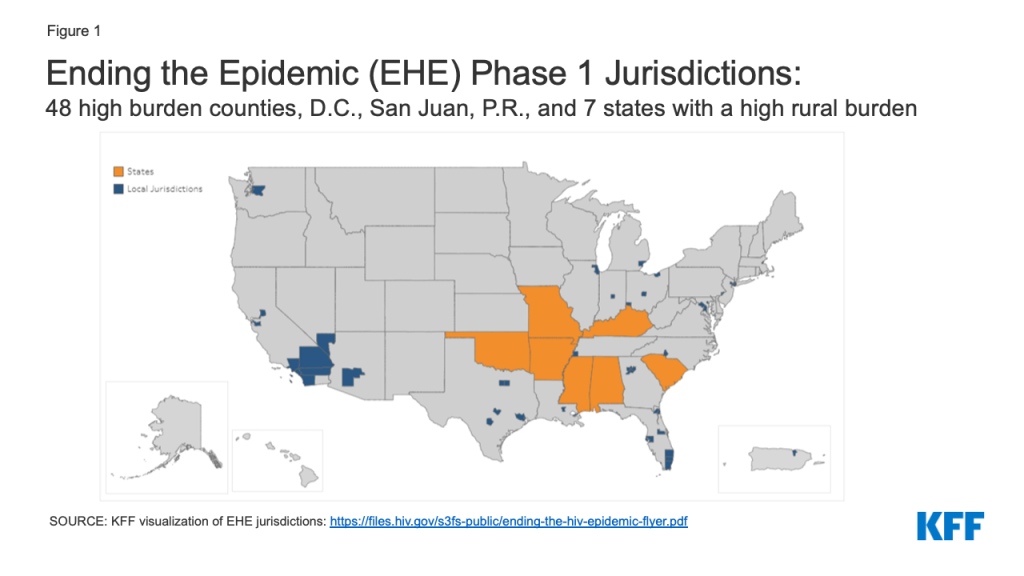In recent years, federal and state policymakers have introduced several proposals to lower prescription drug costs in an attempt to respond to the public’s ongoing concerns about high and rising drug prices. As President Biden takes the reins in Washington DC, his administration inherits a handful of final rules advanced by the Trump Administration in its final months related to Medicare, importation, and 340B pricing for insulin and epinephrine. It also seems likely that lawmakers in the new 117th Congress will push to enact some of the key drug pricing proposals related to Medicare and drug prices more generally that were voted on but not enacted into law in the previous session. In this brief, we provide a status update on these final rules and an overview of key Medicare-related drug pricing proposals supported by President Biden during the campaign that may return to the forefront of health policy discussions in the coming years.
Most Favored Nations Model
In November 2020, the Trump Administration issued an interim final rule implementing the Most Favored Nation (MFN) Model, which is designed to test an approach to lower Medicare Part B drug spending by pegging Medicare reimbursement to the lowest price paid by certain Organisation for Economic Co-operation and Development (OECD) member countries. While the model was slated to take effect on January 1, 2021, implementation has been temporarily blocked by several U.S. district courts,1 including a preliminary injunction by the U.S. District Court for the Northern District of California based on its ruling that the Trump Administration failed to follow the standard notice and comment rulemaking procedures.2
According to CMS’s Innovation Center, which was responsible for conducting the model, in light of the preliminary injunction, the MFN model will not be implemented without further rulemaking. This puts the fate of this model in the hands of the Biden Administration, which could choose to move forward with the same policy, but with a standard notice and comment period, modify the design of the model and issue a new proposed rule, or withdraw it. Alternatively, the Biden Administration could choose to work with Congress to adopt legislation to achieve similar goals.
The Biden campaign supported a proposal to use international reference prices in helping set prices for newly-launched specialty drugs. But the Most Favored Nation Model is a different approach to using international prices, in that it would use the lowest price in other selected countries as the amount of Medicare reimbursement for selected Part B drugs nationwide. (Drugs covered by Part B of Medicare include those administered by physicians.) The pharmaceutical industry and others have raised concerns about the potential for this approach to adversely affect patients’ access to medications and to lead to higher prices in other countries. Medicare’s actuaries estimated $85.5 billion in savings from the Trump Administration’s model over its seven-year span, while noting that a portion of savings from the model would be due to reductions in utilization of up to 19% from 2023 to 2027, assuming some beneficiaries would lose access to physician-administered medications.
Removing Safe Harbor for Medicare Drug Rebates
In November 2020, the Trump Administration issued a final rule to eliminate rebates negotiated between drug manufacturers and pharmacy benefit managers (PBMs) or health plan sponsors in Medicare Part D by removing the safe harbor protection currently extended to these rebate arrangements under the federal anti-kickback statute. The rule provides a new safe harbor for discounts passed directly from manufacturers to patients at the point of sale. These provisions are intended to reduce beneficiary out-of-pocket drug spending at the point of sale, increase price transparency, and create incentives for manufacturers to lower list prices.
Removing the safe harbor protection for rebates under Part D was slated to take effect on January 1, 2022. However, a federal district court recently issued a ruling on a lawsuit filed by the PBM industry, which challenged the legality of the rebate rule. The court ruling delayed implementation until January 1, 2023, pending HHS’s review of the rebate rule, and gave the Biden Administration until April 1, 2021 to decide whether or not to defend the rebate rule in court. The Biden Administration has also issued a final rule to delay the effective date of other provisions of the rebate rule that were slated to take effect on January 29, 2021 to March 22, 2021, as part of the Administration’s overall efforts to review new or pending rules issued by the Trump Administration in its final days and weeks. The Biden Administration’s rule also cites the pending litigation and the Administration’s need to evaluate its position on the case as further cause for the 60-day delay.
If the Biden Administration wished to change or undo the rule, it could choose not to defend the rule in the pending lawsuit. The Biden Administration could also undergo new rulemaking to modify or eliminate the rebate rule. This action could be proposed as part of an agreement to settle the lawsuit. New rulemaking also would be needed if the Administration wished to proceed with the rule in some form but the current rule ultimately is blocked by a final court order.
Alternatively, the rebate rule could be blocked through Congressional action, including use of the Congressional Review Act (CRA) to overturn the rule or other legislative action to block implementation of the rule. Using the CRA means HHS could not issue substantially similar regulation in the future, unless Congress authorized it through subsequent legislation. Blocking implementation of the rule through other legislation could offer Congress the opportunity to score savings that could be used for other purposes, based on CBO’s estimate of higher Medicare spending under the rule.
There is some disagreement as to whether and to what extent eliminating rebates in Part D would have the intended effects on out-of-pocket spending and list prices, or would instead result in both higher Part D premiums and higher out-of-pocket drug spending for beneficiaries and increased spending for the federal government. When the final rule was issued, the Secretary of HHS issued a statement that the rebate rule would not increase federal spending, premiums, or out-of-pocket costs. However, both the Congressional Budget Office (CBO) and Medicare’s actuaries estimated substantially higher Medicare spending over the next 10 years as a result of banning drug rebates – up to $170 billion higher, according to CBO, and up to $196 billion higher, according to the HHS Office of the Actuary (OACT). With the loss of rebate revenue, plans are expected to raise their premiums, leading to increased premium subsidies paid by the federal government, resulting in greater overall costs for the Medicare program as well as higher drug plan premiums paid by enrollees. Banning rebates in Part D would not necessarily lead manufacturers to lower list prices, particularly since rebates in the commercial market are still allowed. At the same time, a small group of beneficiaries who use drugs with significant manufacturer rebates could see a decline in their overall out-of-pocket spending, assuming manufacturers pass on price discounts at the point of sale.
Prescription Drug Importation
In Fall 2020, the Trump Administration issued a final rule and FDA guidance for industry creating two new pathways for the safe importation of drugs from Canada and other countries. The first pathway would authorize states, territories, and Indian tribes, and in certain future circumstances wholesalers and pharmacists, to implement time-limited importation programs for importation of prescription drugs from Canada only. The second pathway outlines how manufacturers can import and market FDA-approved drugs in the U.S. that were manufactured abroad and intended to be marketed and authorized for sale in a foreign country. The importation rule was effective November 30, 2020.
President Biden supported prescription drug importation during the campaign. While several states have pursued importation plans, it is unclear how much traction these plans will have moving forward or how far any entities will move down either of the Trump Administration’s pathways for drug importation. For example, while Florida has been at the forefront of this effort at the state level, the state struggled for a time before finding a vender to help implement its program, which limits eligible importers to wholesalers or pharmacists who dispense prescription drugs on behalf of public payers, including Medicaid, the Department of Corrections, and the Department for Children and Families. Colorado also recently initiated a bidding process for venders to help implement its state importation plan, but does not expect to begin importing drugs before mid-2022. Canada has said it will block exportation of certain medicines if they expect a shortage.
Moreover, the final rule authorizing states to create importation programs is the subject of a lawsuit filed by PhRMA and other parties challenging the rule based on safety and other concerns. As of this writing, the Biden Administration’s response to this complaint is still pending. But even if the rule withstands this legal challenge, it is likely to have a narrow impact. And because biologics are excluded from drugs that can be imported, importation plans will not help people struggling with the cost of certain types of drugs – in particular, insulin, which has been the subject of recent congressional investigations and is a frequently sought after medication from abroad.
340B Pricing on Insulin and Epinephrine
In December 2020, the Trump Administration issued a final rule requiring Federally Qualified Health Centers (FQHCs) that participate in the federal 340B drug pricing program to provide qualifying low- and moderate-income health center patients with insulin and injectable epinephrine at the 340B discounted prices. Under the 340B program, drug manufacturers agree to provide outpatient drugs to participating entities at discounted prices. The final rule makes federal grants to FQHCs conditional upon passing on these discounts. The Administration’s stated rationale for this rule was to address affordability concerns for these life-saving medications among low-income patients experiencing financial hardship as a result of the COVID-19 pandemic. However, stakeholders have raised concerns that the rule itself would be administratively burdensome for FQHCs, contribute to financial instability among health centers, and not result in lower drug prices. According to HHS, the rule is expected to have “minimal economic impact.”
While this rule was scheduled to take effect on January 22, 2021, the Biden Administration has delayed implementation until March 22, 2021. This delay gives the new Administration an opportunity to assess whether to move forward with the existing rule or take steps to withdraw it.
Medicare Part D Redesign
In recent years, a growing number of policymakers have expressed concern about the current design of the Part D benefit, which has no cap on out-of-pocket spending for Medicare Part D enrollees and places the burden of financial responsibility for the majority of catastrophic coverage costs on Medicare, not plan sponsors or pharmaceutical companies. During the campaign, President Biden supported adding a cap on out-of-pocket drug costs to Part D, and in the 116th Congress, there was bipartisan support for proposals to modify the design of the Part D benefit, establish an out-of-pocket spending limit, and reallocate liability for catastrophic coverage costs among Medicare, plan sponsors, and drug manufacturers. This proposal was included in drug price legislation that passed the House of Representatives in December 2019 (H.R. 3), legislation that passed out of the Senate Finance Committee in the 116th Congress, and a Trump Administration FY2020 budget proposal.
Adding an out-of-pocket spending limit in Part D would provide substantial savings for beneficiaries who have high drug costs, and protect against exposure to high drug costs for those who may need costly medications at some point in time. A hard cap on out-of-pocket drug spending without any other changes to the Part D benefit would increase Medicare spending by shifting costs incurred by Medicare beneficiaries to Medicare (and by extension, taxpayers), but this spending could be offset by reallocating liability for catastrophic coverage costs, reducing Medicare’s share of these costs and increasing the share paid by Part D plans and/or drug manufacturers, as was recommended by MedPAC and included in both the House-passed bill and Senate Finance proposal.
Drug Price Inflation Rebates
During the campaign, President Biden supported a proposal to limit drug price increases to no more than the inflation rate. In the 116th Congress, lawmakers introduced proposals that would require drug manufacturers to pay a rebate to the federal government if their prices for drugs covered under Medicare Part B and Part D increased by more than the rate of inflation (with the potential to extend rebates to group coverage as well). This proposal was included in legislation passed by the House of Representatives (H.R. 3) and by the Senate Finance Committee, under the chairmanship of GOP Senator Chuck Grassley, though it was not brought up for a floor vote in the Republican-controlled Senate. The Trump Administration’s FY2020 budget included a related proposal that applied inflation rebates only to drugs covered under Part B. The Senate Finance Committee inflation rebate proposal was based on list prices, which do not include manufacturer rebates and discounts to plans (Wholesale Acquisition Cost), while the House proposal was based on Average Manufacturer Price, which may include some discounts to wholesalers but not rebates paid to plans and PBMs.
CBO estimated 10-year savings from the drug inflation rebate provisions amounting to $36 billion for H.R. 3 and $82 billion for the Senate Finance Committee legislation; 10-year savings would be lower under H.R. 3. because the inflation provision would not apply to drugs subject to the government negotiation process that would be established by that bill. KFF analysis indicates the potential for significant savings if drug manufactures limited price increases to the rate of inflation or paid a rebate to the federal government. Medicare beneficiaries could also benefit from such a policy because cost sharing under Part D often comes in the form of coinsurance (and always does in the case of Part B drugs), which is calculated as a percentage of the list price. The magnitude of actual changes in spending would depend on several factors, including the drugs to which the policy applies, the price measure used to compare against inflation, and the base year used for calculating rebates, as well as how drug companies respond. If drug manufacturers respond to the policy change by increasing launch prices for new drugs, some Medicare beneficiaries could face higher out-of-pocket costs for new drugs that come to market, with potential spillover effects on costs incurred by other payers as well.
Because this approach to lowering drug costs is supported by President Biden, and had some measure of bipartisan support in the previous Congress, it might have somewhat better prospects in the 117th Congress with Democrats controlling both the House and the Senate, even with narrow majorities.
Medicare Drug Price Negotiation
During his campaign, President Biden expressed support for allowing the federal government to negotiate drug prices in Medicare Part D and for other payers, which is currently prohibited under the so-called “non-interference” clause. This proposal has strong bipartisan public support and was a key feature of H.R. 3, the drug price legislation passed by the House of Representatives in December 2019. (The Senate Finance Committee did not include a similar provision in its bipartisan drug price legislation.) Under H.R. 3, the HHS Secretary would be given authority to negotiate prices for between 50 and 250 drugs without market competition, with an upper limit based on prices in a set of foreign countries. The negotiated price would apply to both Medicare and commercial payers.
CBO estimated over $450 billion in 10-year (2020-2029) savings from the Medicare drug price negotiation provision in H.R. 3., including nearly $450 billion in savings to Medicare and $12 billion for private health insurance. A separate CBO estimate of the same Medicare drug price negotiation provision included in a separate House bill in the 116th Congress (H.R. 1425, the Patient Protection and Affordable Care Enhancement Act) estimated higher 10-year savings of nearly $530 billion, mainly because the Secretary would negotiate prices for a somewhat larger set of drugs in year 2 of the negotiation program under H.R. 1425 than under the version of H.R. 3 that CBO scored (50 vs. 25 drugs).
While CBO expects that the lower drug prices resulting from allowing the federal government to negotiate drug prices would lead to lower beneficiary premiums and cost sharing, CBO also expects that this policy would lower revenues for drug manufacturers, lead to higher drug prices in other countries, and lead to a modest reduction in the number of drugs coming to market in the future, due to the loss in revenue for drug manufacturers. This proposal would require a change in the law, which could be challenging in the current legislative environment, given that drug price negotiation proposals have not garnered bipartisan support among lawmakers. Republican lawmakers historically have been opposed to this proposal, and it has also faced stiff opposition from the pharmaceutical industry.
Conclusion
Drug costs are likely to remain a significant concern for patients. A relatively narrow Democratic majority in the House and even narrower majority in the Senate could make major legislative action on this issue difficult in the upcoming Congressional session. And yet there may be room for proposals that have garnered bipartisan support, such as adding a cap on out-of-pocket spending under Part D and imposing limits on drug price increases. In addition, given concerns among some lawmakers about the rise in federal spending, lawmakers could look more favorably on proposals that lower federal Medicare spending, or potentially use these savings to fund other priorities. Support from President Biden might provide the momentum needed to get these proposals over the finish line.
Regardless of what happens in Congress, the door is open for executive action on drug prices from the Biden Administration, including the introduction of new drug pricing models through CMS’s Center for Medicare & Medicaid Innovation, though these efforts may be complicated by Trump Administration initiatives currently tied up in court. While prescription drug proposals are likely to take a back seat in the short term to addressing the COVID-19 pandemic and economic stimulus and recovery efforts, it seems reasonable to expect more executive action on drug prices, and for the Biden Administration to support whatever bipartisan legislative efforts emerge.
